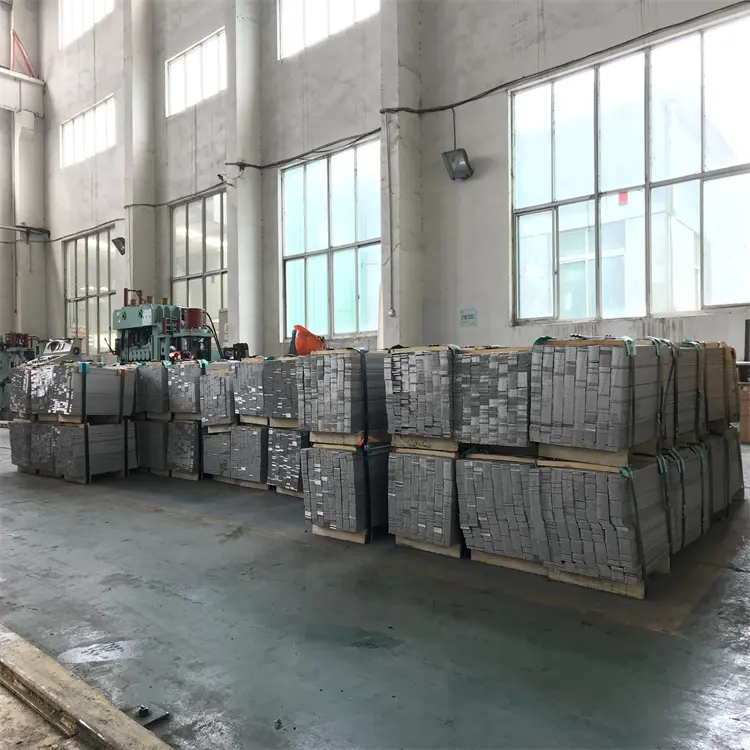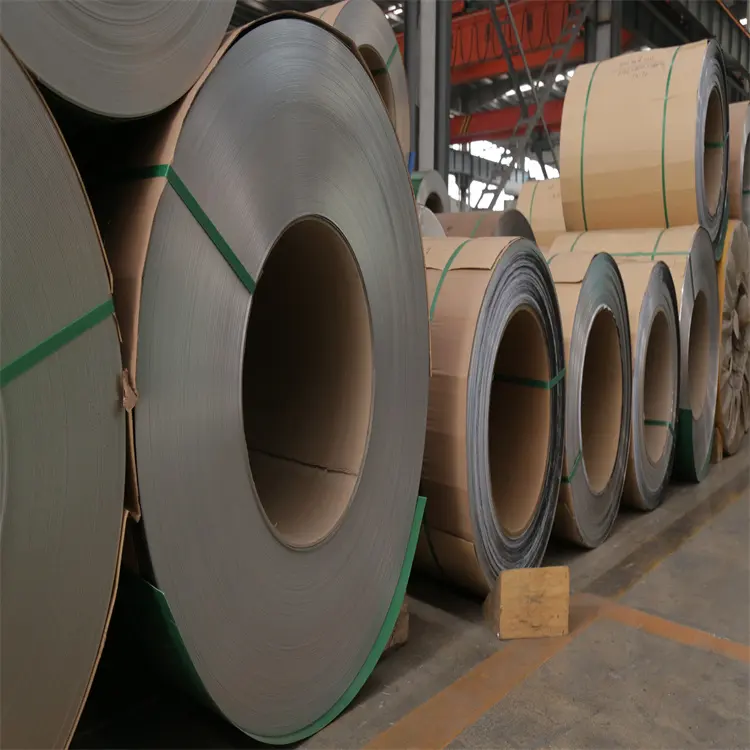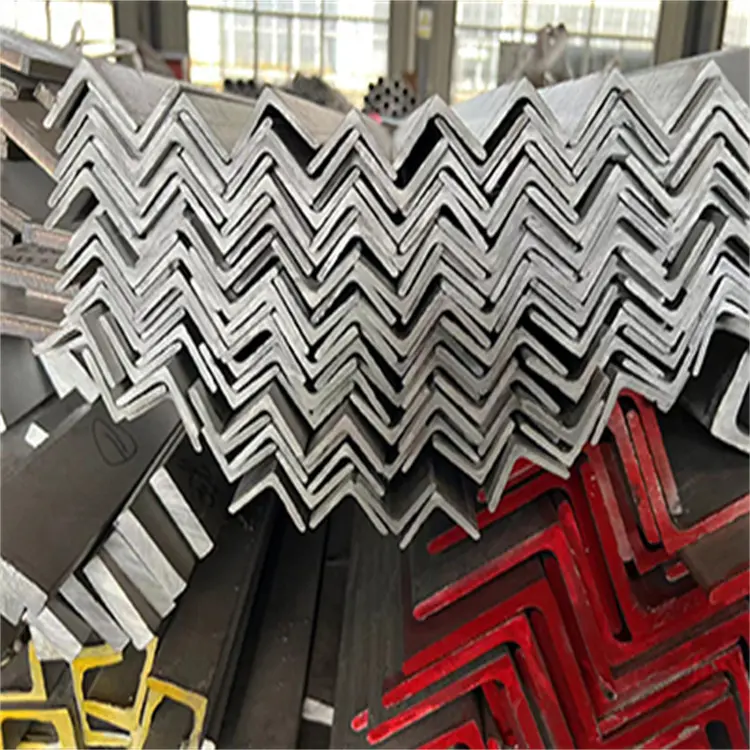stainless steel sheet types
Stainless steel sheets represent a versatile and essential material in modern manufacturing, characterized by their exceptional corrosion resistance and durability. These sheets are produced through advanced metallurgical processes, combining chromium, nickel, and other alloying elements with iron to create a material that maintains its structural integrity across diverse applications. The most common types include austenitic (300 series), ferritic (400 series), and martensitic stainless steel sheets, each engineered for specific performance requirements. The 304 and 316 grades are particularly prevalent in commercial and industrial applications, offering superior resistance to chemical corrosion and atmospheric oxidation. These sheets are available in various surface finishes, from mirror-like polish to brushed textures, accommodating both functional and aesthetic requirements. The manufacturing process involves precise temperature control and rolling techniques to achieve the desired thickness and surface characteristics. Modern stainless steel sheets incorporate advanced features such as improved formability for complex fabrication processes, enhanced weldability for structural applications, and specialized surface treatments for specific industry requirements.


